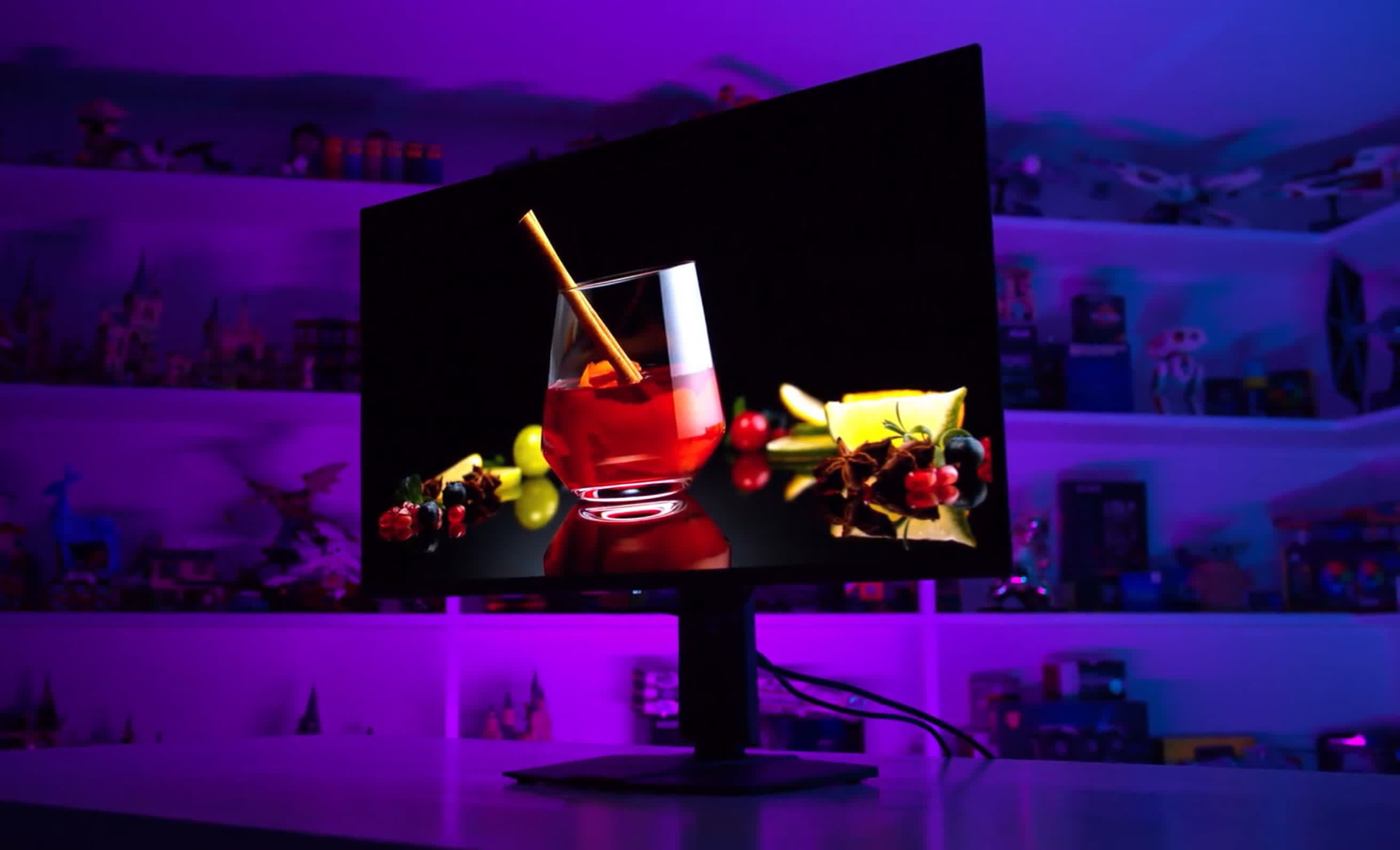The OLED Burn
We've been using the MSI MPG 321URX QD-OLED exclusively as a productivity monitor for the last six months,关键字3 and it's time to check in to see how the panel is holding up in terms of burn-in. Not much has changed in how we've been using this monitor – we've really been pushing it with a worst-case usage scenario for OLED – but there have been a few changes compared to the last time we checked for burn-in.
If you missed the last two updates, we recommend going back and checking out at least the initial article to get an idea of the setup we're using and why we've chosen MSI's 4K 240Hz QD-OLED gaming monitor as our workstation display.
Essentially, the idea here is to perform a real-world test of OLED longevity in the worst possible configuration, effectively burning in the display on purpose. We swapped a 32-inch 4K IPS LCD for this new QD-OLED and changed nothing else about the setup – no dark mode, no screensavers, or anything like that – to see if OLED monitors can truly be used as LCD-equivalent productivity displays long-term.

I use my monitor more than 8 hours a day, sometimes continuously, with no breaks for the display to turn off and rest. This leads to hours upon hours of static usage in applications like web browsers, Microsoft Office (including Excel), and production tasks like Adobe Premiere and Photoshop. With virtually no content consumption and zero gaming in our daily use of this display, this is not how we recommend usingan OLED at all, though it's a use case that has been perfectly fine for LCDs for a long time.
After one month of usage, the MSI 321URX showed no signs of burn-in at all, which was expected. At that point, we'd used the monitor for about 200 to 250 hours. After three months, we started to see faint signs of burn-in, and by that time, we'd used the display for approximately 650 to 750 hours with 71 panel compensation cycles.

Six months into this experiment, we estimate the usage to be between 1,200 and 1,500 hours, and the monitor indicates that it has run 141 compensation cycles. This aligns with what we reported previously – about double the usage and about double the compensation cycles. We're still seeing around 9 to 10 hours of usage at 200 nits of brightness per compensation cycle.
As we mentioned in the last update, the recommended rate for panel protection cycles is every four hours, so in our typical usage, it's running less than half as often as is ideal. However, this is a totally realistic scenario for someone using this display for full-time work, especially if you don't put the monitor to sleep during breaks. We've set the display to sleep after two hours, which is far longer than we would recommend for general OLED use, but it's the same setting we used for our LCD.
(责任编辑:明若晓溪)
- Windows 7下教你查看软件所耗虚拟内存
- 家装改造水电的注意事项 家装改造水电价格
- 2023年四川乐山中考作文题目:材料作文
- Nữ công nhân tử vong trong tình trạng lõa thể ở Bình Dương
- 伊朗导弹袭击已致以色列3人死亡150余人受伤
- 苏亚雷斯上任满月 有信心带领长春亚泰走出低谷
- Lý Hải lên tiếng về clip kêu gọi cờ bạc, lừa đảo tuyển dụng
- 成都蓉城:FIFA病毒来袭 以魔鬼训练迎接魔鬼赛程
- 浅谈兵士被道士压抑的烦恼
- 上海海港:联赛重启立刻上大量 武磊状态难达100%
- 五年级写景作文:白马寺
- 超火!新浪专家6期斩获5个大乐透头奖豪揽7千万
- 2021青马·马术夏令营第12日全记录:我们毕业啦!
- 2023年四川眉山中考作文题目:我们都是一家人
